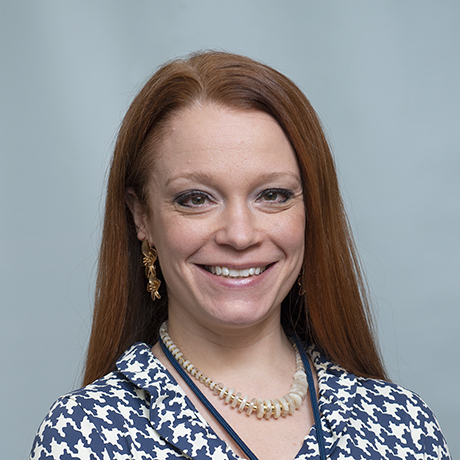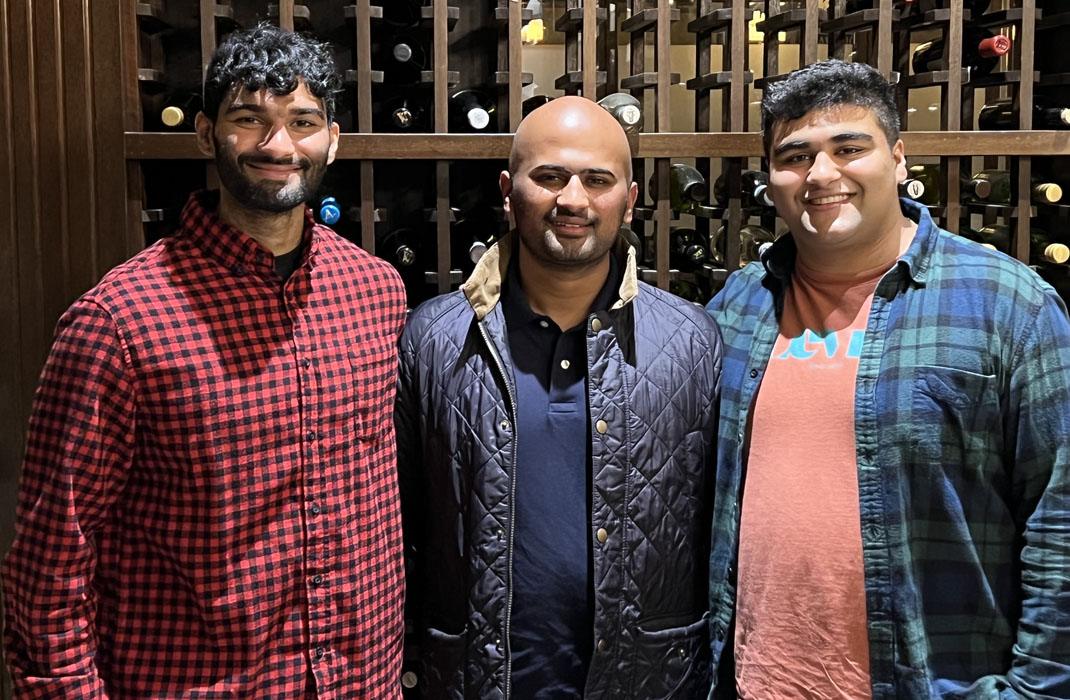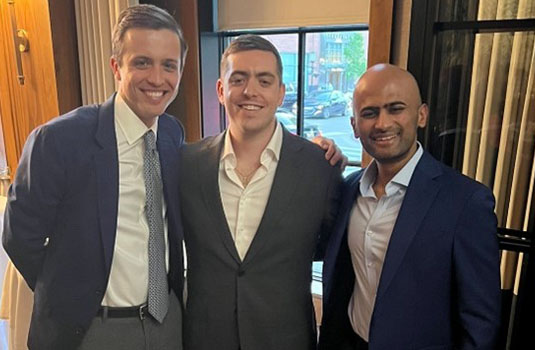-
- Find Care
-
- Visitor Information
- Find a Location
- Shuttles
- Visitor Policies
-
-
- Our Virtual Care Options
- Virtual Urgent Care
- Virtual Visits for Primary & Specialty Care
- Online Second Opinions
- Participate in Research
-
- Contact us
-
- For Innovators
- Commercialization Guide for Innovators
-
-
- Research News
- Alzheimer's Disease
- Artificial Intelligence
-
- Overview
-
- Overview
- Getting Started
- New to Mass General Brigham
- International Patient Services
- What Is Patient Gateway?
- Planning Your Visit
- Find a Doctor (opens link in new tab)
- Appointments
- Patient Resources
- Health & Wellness
- Flu, COVID-19, & RSV
- Billing & Insurance
- Financial Assistance
- Medicare and MassHealth ACOs
- Participate in Research
- Educational Resources
- Visitor Information
- Find a Location
- Shuttles
- Visitor Policies
- Find Care
-
- Overview
- Our Virtual Care Options
- Virtual Urgent Care
- Virtual Visits for Primary & Specialty Care
- Online Second Opinions
-
- Overview
- Participate in Research
-
- Overview
- About Innovation
- About
- Team
- News
- For Industry
- Venture Capital and Investments
- World Medical Innovation Forum (opens link in new tab)
- Featured Licensing Opportunities
- For Innovators
- Commercialization Guide for Innovators
- Contact us
-
- Overview
- Information for Researchers
- Compliance Office
- Research Cores
- Clinical Trials
- Advisory Services
- Featured Research
- Two Centuries of Breakthroughs
- Advances in Motion (opens link in new tab)
- Brigham on a Mission (opens link in new tab)
- Gene and Cell Therapy Institute
- Research News
- Alzheimer's Disease
- Artificial Intelligence
-
- Overview
-
- Overview
- Residency & fellowship programs
- Brigham and Women's Hospital
- Massachusetts General Hospital
- Mass Eye and Ear
- Newton-Wellesley Hospital
- Salem Hospital
- Integrated Mass General Brigham Programs
- Centers of Expertise
- Global & Community Health
- Health Policy & Management
- Healthcare Quality & Patient Safey
- Medical Education
- For trainees
- Prospective trainees
- Incoming trainees
- Current trainees
- Continuing Professional Development
Innovative Test and Treatment Result in World-class Care for Brain Tumor
Location of tumor makes traditional biopsy unsafe
At the time of his suspected stroke, Rohan, a resident of Westford, Massachusetts, was a healthy and active 28-year-old. There were no signs that his life was in danger.
By the time he saw his PCP, his symptoms had worsened. He was fully paralyzed on his left side and needed help from his two younger brothers to get out of bed. His mother drove him to the appointment.
The doctor immediately worried that Rohan was having a stroke. She had him transferred via ambulance to a local community hospital. There, an MRI scan early the next morning found a large tumor on his brain stem. Since the hospital lacked the capabilities to diagnose or treat the tumor, he was referred to Mass General.
Over the next couple days, Rohan underwent more scans. A traditional biopsy (in which tissue collected from the body is studied under microscope to check for cancer cells) is usually needed to diagnose a brain tumor and guide the treatment plan. But as Dr. Forst explained, this wouldn't be safe in his case.
"The tumor was in his brain stem, which is a critical area of the brain," she said. "It carries all sorts of nerve pathways that control sleep, breathing, movement, sensation, and more. And it's a really tight area. The neurosurgeons we consulted at Mass General did not think we could get a biopsy without putting him at risk of permanent neurologic injury."
Knowing the exact nature of the tumor was necessary for Dr. Forst to give Rohan the safest and most effective treatment. Fortunately, she knew someone at Mass General who could offer an alternative to traditional biopsy: spine neurosurgeon Ganesh Shankar, MD, MPH.
Exploring a new way to diagnose brain tumors
Dr. Shankar had been working for about a decade with his colleagues in neurosurgery, oncology, and pathology on a new way to diagnose brain tumors. The approach is called Targeted Rapid Sequencing (TetRS).
With TetRS, a small amount of fluid is taken from the patient via lumbar puncture (spinal tap). A pathologist then analyzes the sample for genetic mutations that are unique to certain brain cancers.
"One of our goals is to keep patients like Rohan, for whom a surgical biopsy would be a high-risk procedure, out of the operating room," Dr. Shankar said. "Secondly, we want to turn around results quickly so that the patient can get started on treatment as soon as possible."
In fact, TetRS has decreased time to diagnosis from 10 days to two. Better yet, since it costs little money to run the test, TetRS could become a viable option for many other hospitals in the coming years.
TetRS showed an IDH1 mutation in Rohan's tumor. This suggested it was a high-grade glioma, a tumor that starts in the brain and tends to grow and spread quickly.
Having this information allowed Dr. Forst—with input from members of a multidisciplinary tumor board—to design an individualized, research-driven treatment plan for Rohan. It started with proton beam radiation under the watch of Mass General radiation oncologist Kevin Oh, MD. Rohan also received chemotherapy and began physical therapy and occupational therapy at Mass General.
Rohan was discharged a couple days after starting proton therapy. Six weeks later, tests showed the tumor had shrunk. Now he would start a new phase of treatment. Chemotherapy, which had been causing dangerous side effects, was stopped. And he transitioned from proton therapy to a then experimental drug known as an IDH inhibitor. The medication is designed especially to treat IDH mutant gliomas like Rohan's.
"IDH inhibitors target the tumor cells rather than the normal, healthy cells throughout the body," Dr. Forst said. "This may be why we see fewer side effects with these drugs than with conventional chemotherapy."
Since Rohan was treated, the use of IDH inhibitors has become more widespread. In August 2024, the U.S. Food and Drug Administration approved the first IDH inhibitor for use in patients with certain IDH mutant gliomas.
Glioma remains controlled while recovery continues

Contributor

Contributor


